Description
The Timeless Beauty of Mandala Art
Mandala, a Sanskrit word meaning “circle”, represents wholeness, balance, and infinity. Across cultures and centuries, mandala art has been celebrated as both a spiritual symbol and an artistic expression of harmony. Whether seen in ancient temples, sacred scrolls, or modern wall décor, mandalas have always carried a deep sense of connection—between the self and the universe, the inner world and the outer world.
At its core, a mandala is more than just a circular design; it is a visual journey. The intricate patterns, radiating from a central point outward, symbolize the idea of life’s endless cycle—birth, growth, death, and rebirth. The symmetry and geometry invite calmness, focus, and meditation, making it not just a work of art but also a tool for mindfulness.
Origins and Cultural Significance
Mandala art traces its roots back thousands of years. In Hinduism and Buddhism, mandalas are used as spiritual guides, representing the cosmos and the divine. They are often drawn during rituals and meditation, helping practitioners focus their minds and transcend into deeper states of awareness. In Tibetan Buddhist tradition, monks spend days or even weeks carefully creating mandalas from colored sand, only to sweep them away after completion—symbolizing the impermanence of life.
The influence of mandalas isn’t limited to South Asia. Native American traditions also embraced circular designs, often as medicine wheels symbolizing healing and balance. Similarly, Celtic and African cultures incorporated circular motifs to represent unity, eternity, and protection. This global presence shows how universal the mandala is—an artistic language that transcends borders, faiths, and time.
Symbolism in Design
Every mandala tells a story. The center represents the self or the origin of life, while the surrounding patterns mirror growth, consciousness, and spiritual expansion. The use of symmetry and repetition creates a sense of order and calm, reminding us of the balance found in nature—like the petals of a flower, the rings of a tree, or the orbit of planets.
Colors in mandala art also carry special meanings. For example:
-
Red symbolizes strength, energy, and passion.
-
Blue reflects tranquility, healing, and trust.
-
Yellow represents wisdom, clarity, and happiness.
-
Green signifies growth, balance, and renewal.
Together, these elements turn a mandala into more than a decorative pattern—it becomes a reflection of emotions, energies, and life itself.
Modern Relevance of Mandalas
Today, mandala art has found its place in both traditional and contemporary spaces. Artists reinterpret these timeless designs in paintings, digital prints, home décor, fashion, and even tattoos. Psychologists like Carl Jung studied mandalas as a representation of the human psyche, using them as therapeutic tools to explore the subconscious mind. Coloring mandalas has become a popular mindfulness activity worldwide, offering relaxation and stress relief.
In home décor, mandala art brings serenity and elegance. Whether displayed as wall hangings, framed prints, or intricate patterns on fabric, mandalas can instantly transform a space into one that feels calm and balanced. Their universal symbolism makes them a perfect addition to any modern interior, blending spirituality with aesthetics.
Mandala as a Personal Journey
Creating or engaging with a mandala is often described as a meditative experience. As one traces the lines or gazes into its symmetry, a sense of focus and stillness emerges. It is almost like stepping into a sacred space—where time slows down and thoughts dissolve. Each mandala can be a personal reflection, resonating differently with every individual. For some, it may symbolize peace; for others, growth, healing, or divine connection.
A Universal Symbol of Harmony
What makes mandalas truly special is their universal appeal. Regardless of culture, language, or belief, the circle of a mandala speaks to everyone. It represents unity in diversity, reminding us that while we are individuals with unique journeys, we are also part of a larger whole.
Mandala art is not just about patterns and colors—it is about meaning, meditation, and mindfulness. It is about finding beauty in balance and discovering harmony within chaos. Whether you encounter it in a sacred temple, a modern home, or a simple piece of artwork, a mandala invites you to pause, reflect, and reconnect—with yourself and with the infinite universe.

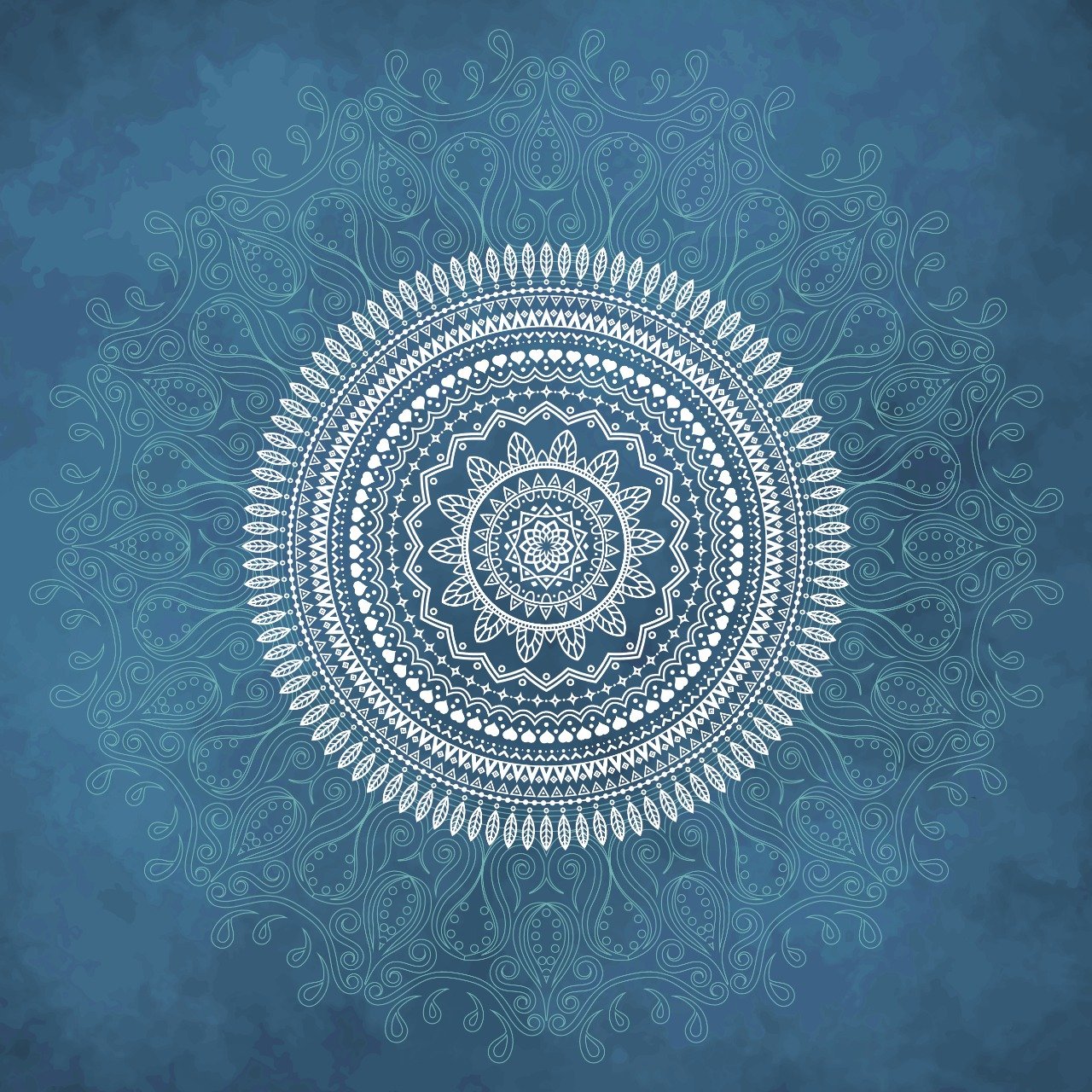




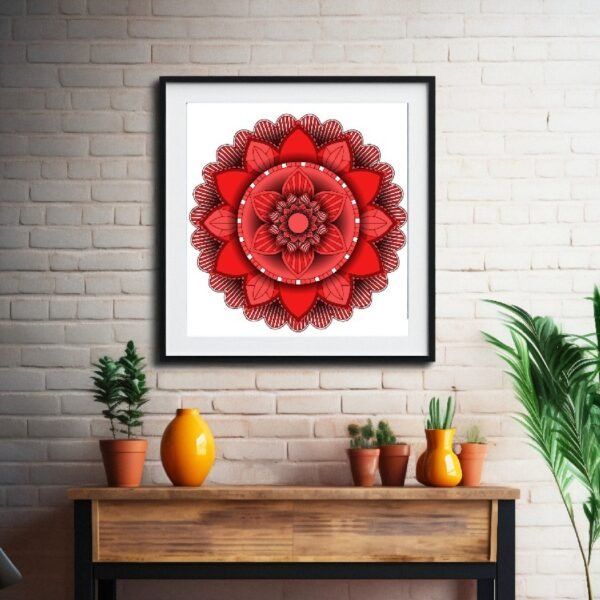
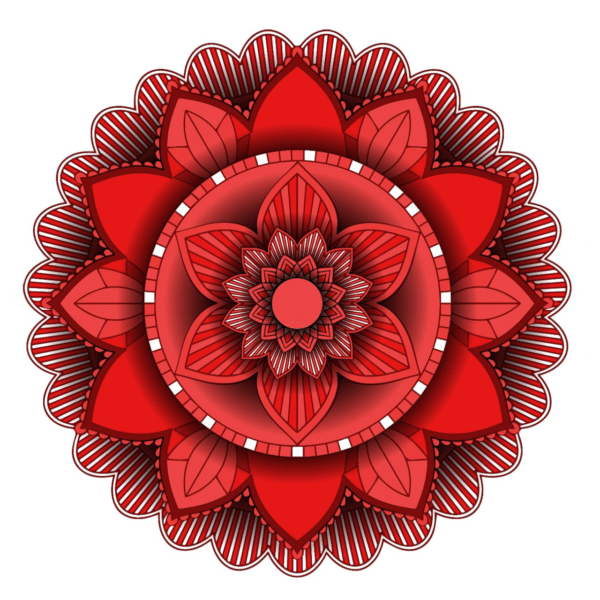
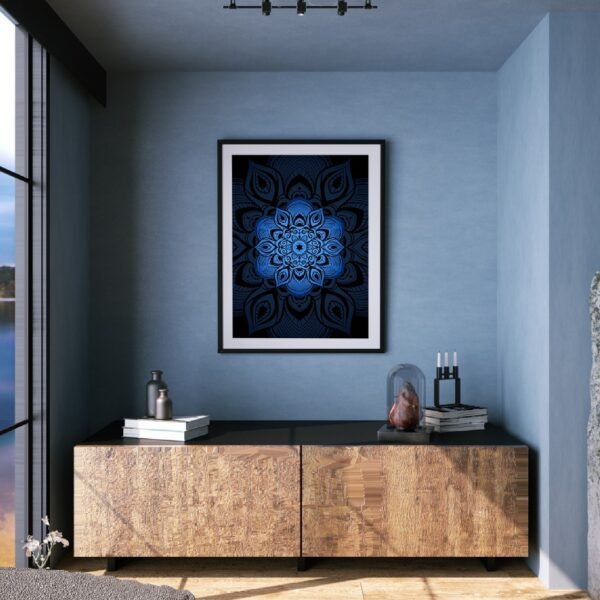
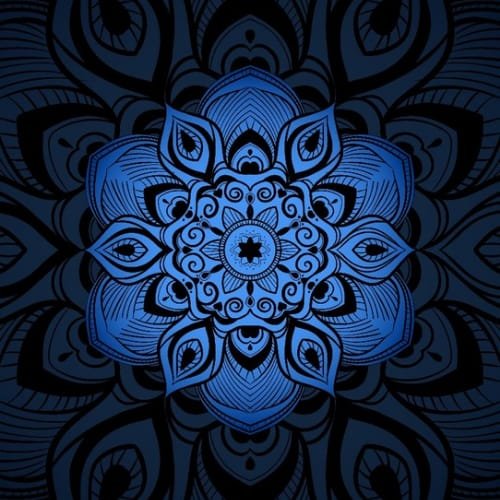
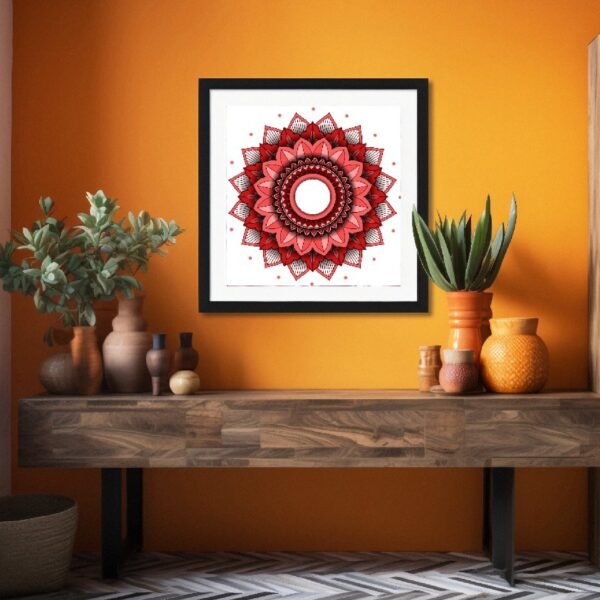
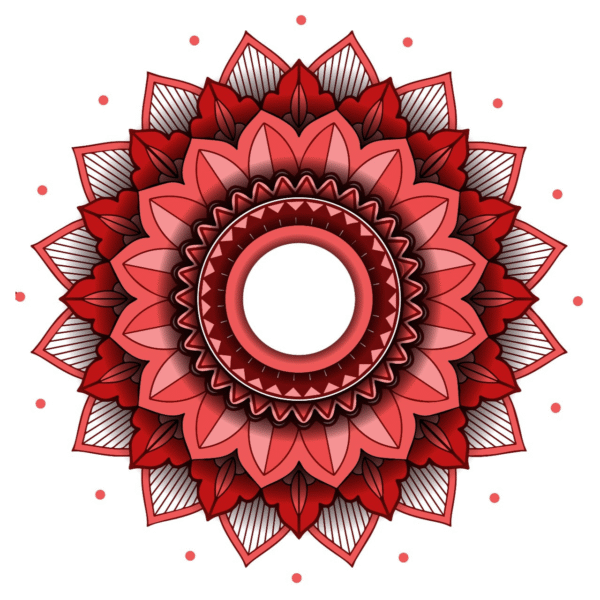
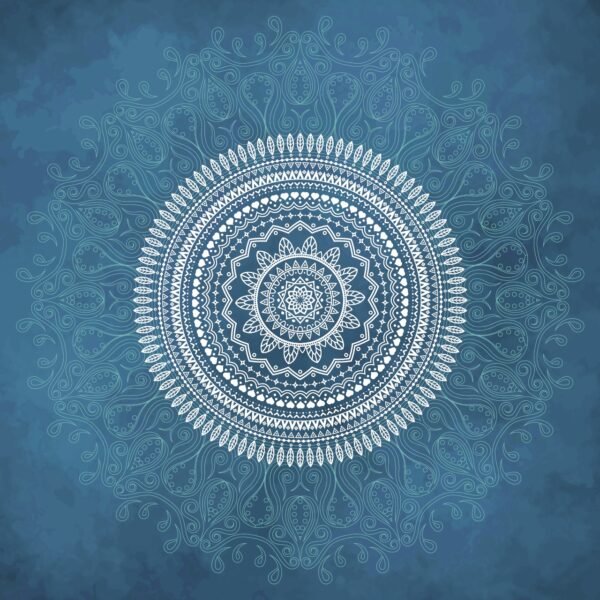

Reviews
There are no reviews yet.